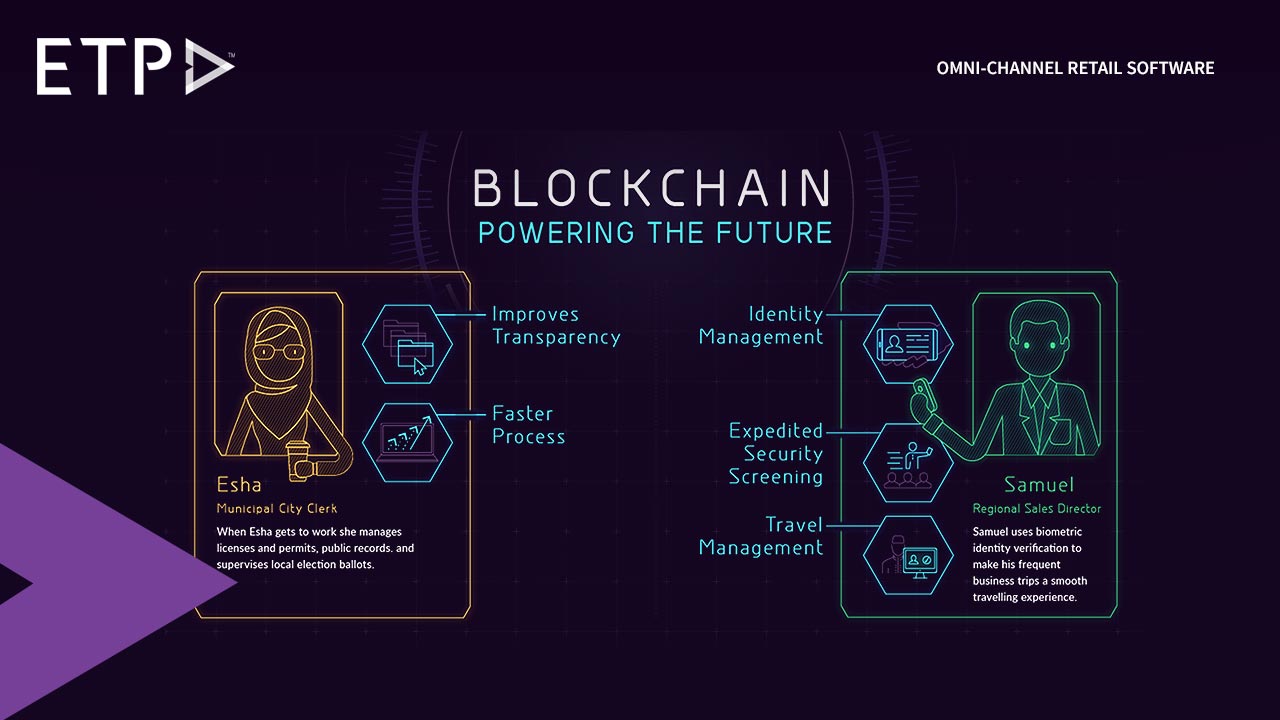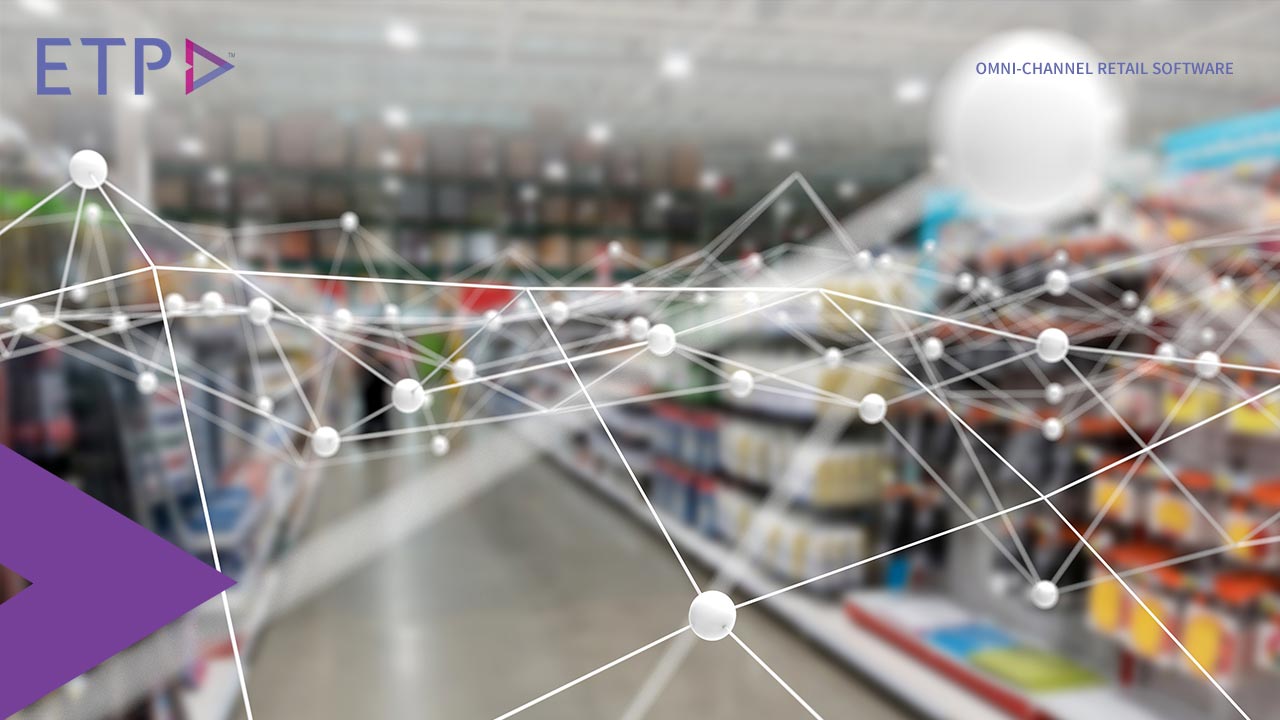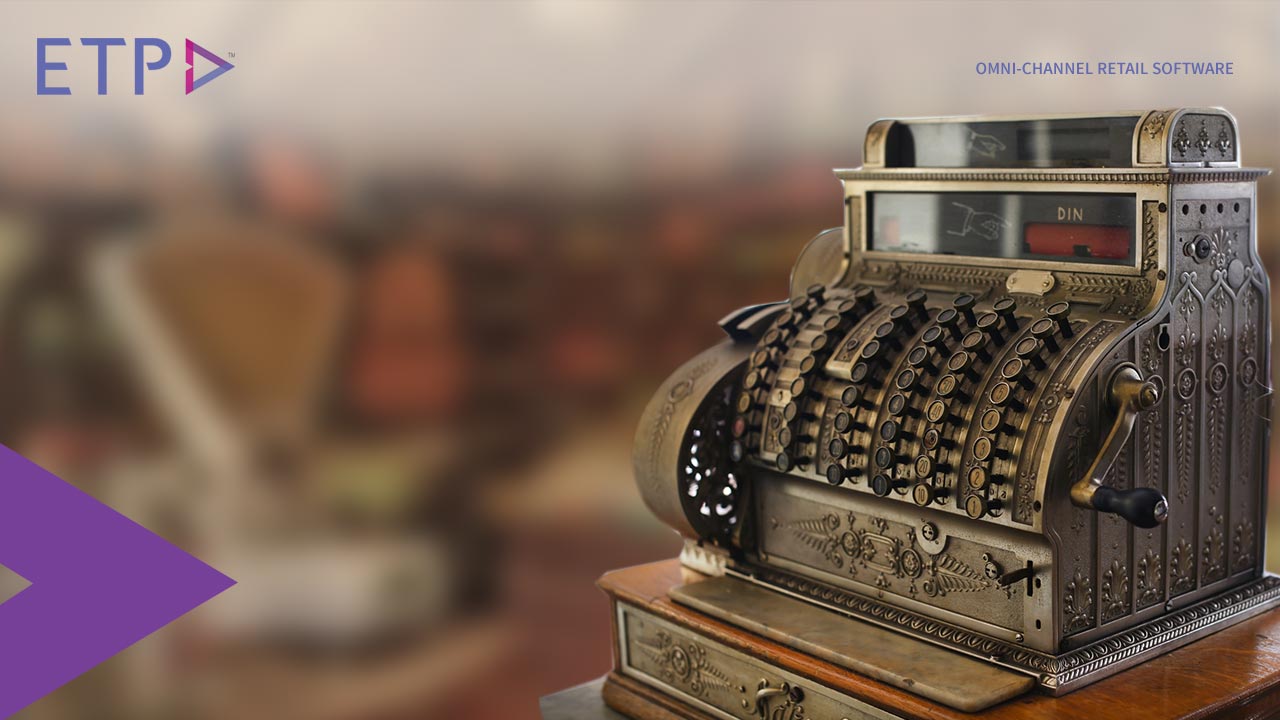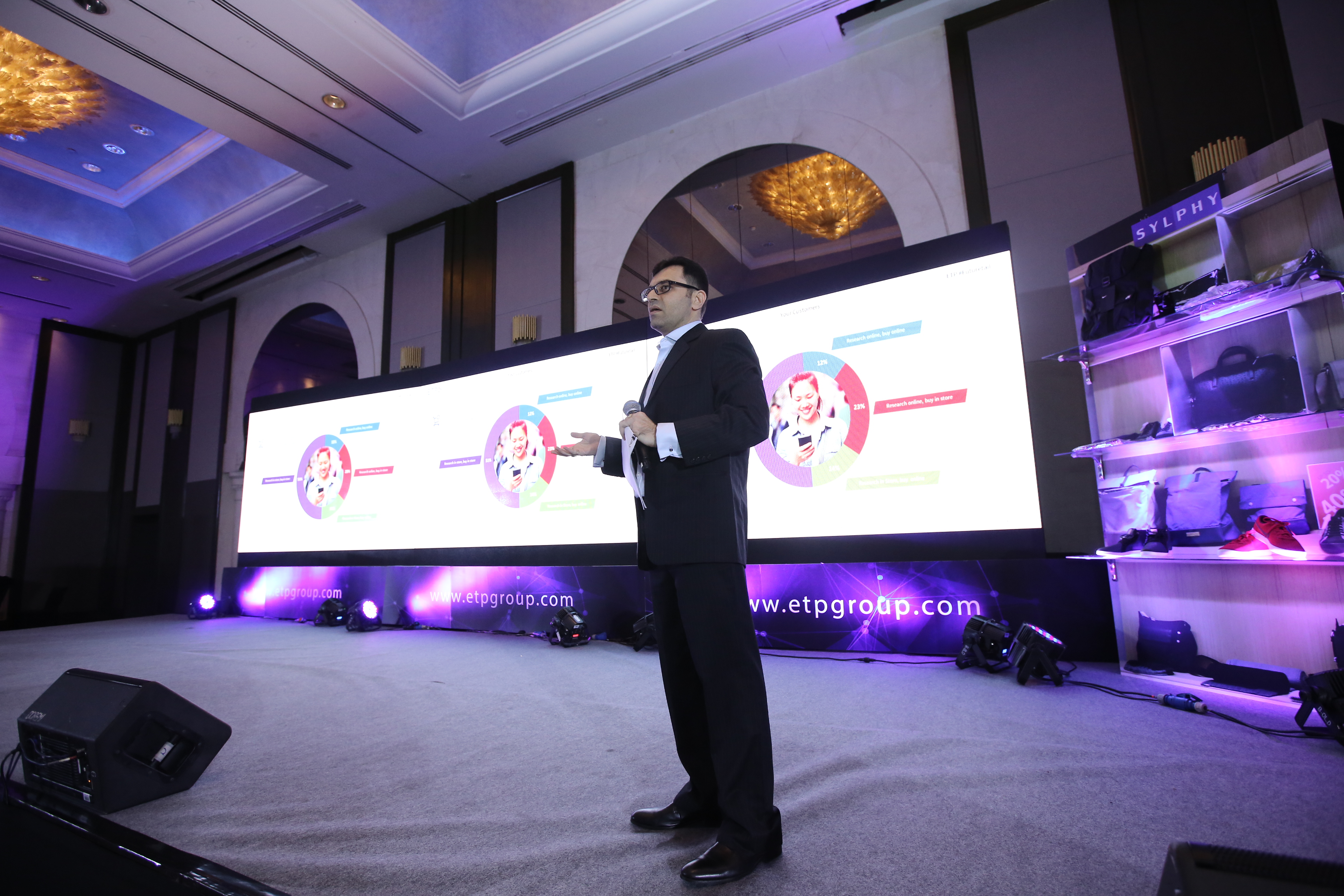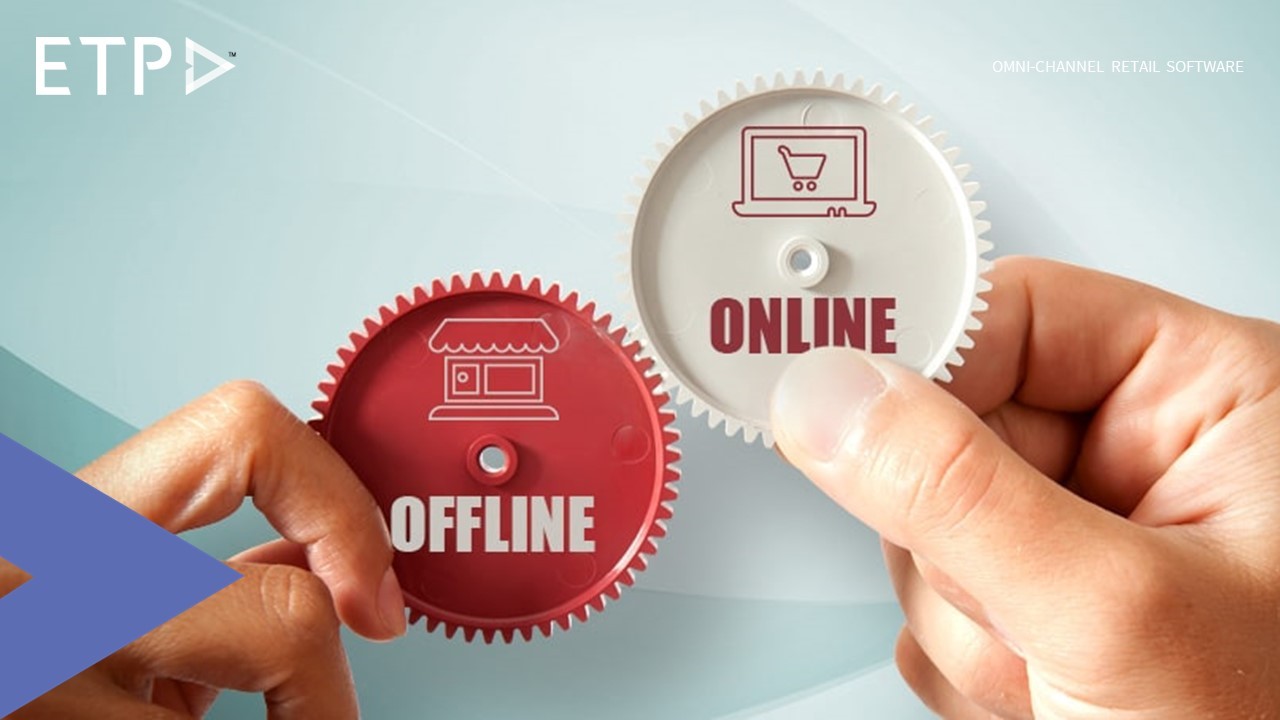The Age Of Digital Technology And It’s Security Is Transforming Supply Chain Management
The scope for the use of Blockchain is ever-expanding but one of the biggest use cases is its application in supply chain management.
Blockchain is already being used in the financial sector with several financial institutions beginning it’s implementation however the implementation in Supply Chain has not fully been put into action yet, this is surely going to change in the coming months ahead.
What is BlockChain?
Blockchain is nothing but a distributed ledger, which essentially means the data is spread across the network amongst its peers.
Simply put blockchain is a record of entries, anybody can add to these entries however once an entry is made it cannot be altered.
Problems in Supply Chain Management
Counterfeiting is a 1.2 trillion dollar industry worldwide. Logistic companies often have to trust that their peers are handling their products honestly. Many times a product that reaches the final destination is a counterfeit of the original product sent out.
Supply Chain Management is an age-old industry and the problem of robbery/ counterfeiting has always existed. But blockchain promises to eliminate this problem
The Application
Reported recently by the JP Morgan Global Manufacturing PMI, the Global manufacturing industry stands at 12 trillion dollars. The Industrial Internet of Things is a growing industry and its global value stands at 4 trillion dollars. As we stand at the doorstep of the 4th Industrial Revolution few would disagree that technology and manufacturing are going to lead the charge going into 2020.
Benefits
- Global Distributed Ledger –
This creates a security opportunity by decentralization of information thus replacing the firewall dependence. NDAs, licensing and technology transfer agreements and much more are improved with the help of smart contracts and the blockchain.
- Trust Free Smart Contracts:
Currently, organizations invest in relationship-based trust networks. However, with the blockchain, you have a network that can self manage contracts. This network is free of broker fees and increases the speed of executing contracts
- Ledger of Things-
This effectively replaces the need for a Cloud Enterprise Management Systems as it allows true transparency in the supply chain.
The Supply Chain is very complex and highly inefficient but Blockchain goes a long way towards solving this
As Peter Drucker, author of Next Generation Manufacturing once said “The way to predict the future is to create it”
Also Read: How Can Retail Leverage The Benefits Of Blockchain

